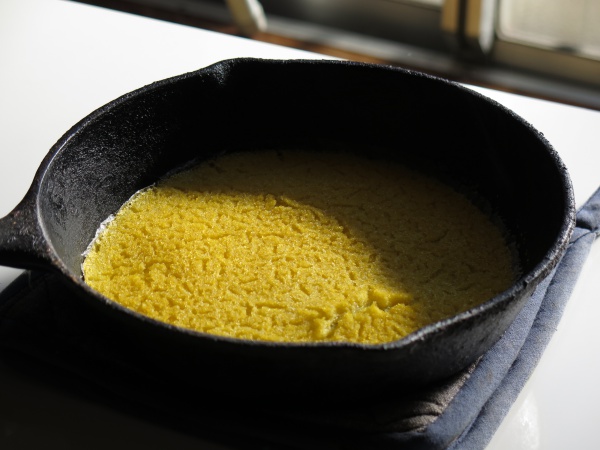Facts About Johnnycake
Johnnycake is a simple yet delicious cornmeal flatbread with deep roots in early American cuisine. Originating from North American indigenous cultures, this dish is still enjoyed in places such as the West Indies, the Dominican Republic, Saint Croix, The Bahamas, Colombia, Bermuda, the United States, and Canada. Today, it is particularly popular in New England and is often associated with Rhode Island.
Preparing a johnnycake is straightforward. You mix yellow or white cornmeal with salt and hot water or milk, occasionally adding a bit of sugar for sweetness. The mixture is then fried, resulting in a tasty, crispy treat.
The term "johnnycake" has been in use since the 18th century and may derive from words such as "Jonakin" or "jannock." In the Southern United States, a similar dish is called "hoecake" which is essentially cornbread fried in a pan. Johnnycakes are unleavened, meaning they do not contain yeast or baking powder. Some recipes incorporate rice or hominy flour for variation. They can be cooked on a griddle, in a skillet, or even baked in the oven.
Johnnycakes have a rich history tied to Native American cultures, especially in the Southern United States, where corn was a staple food. Their simplicity and affordability made them a go-to meal during tough times, such as the American Civil War. Different regions have their own versions of johnnycakes, including yanikekes in the Dominican Republic, hojuelas in Puerto Rico, and fried dumplings in Jamaica.

 Haiti
Haiti